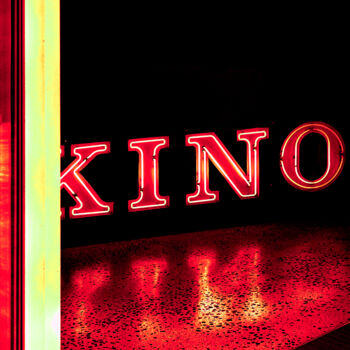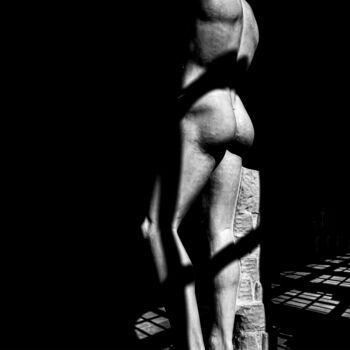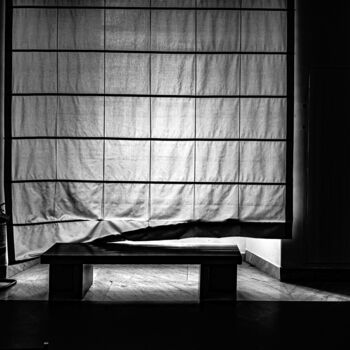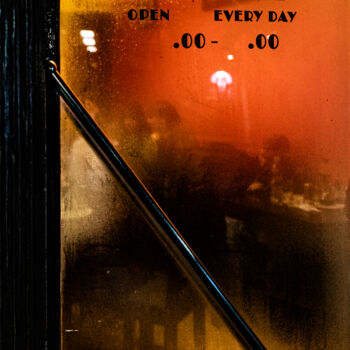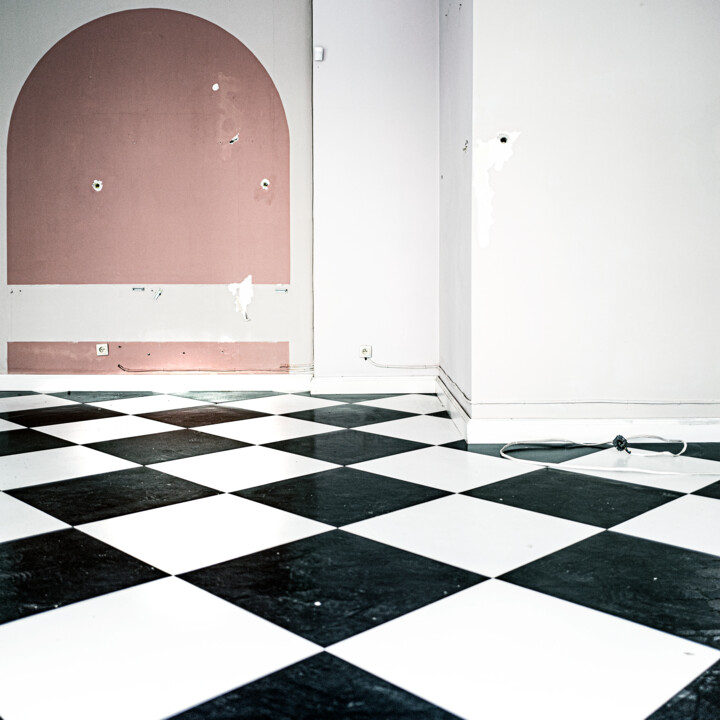

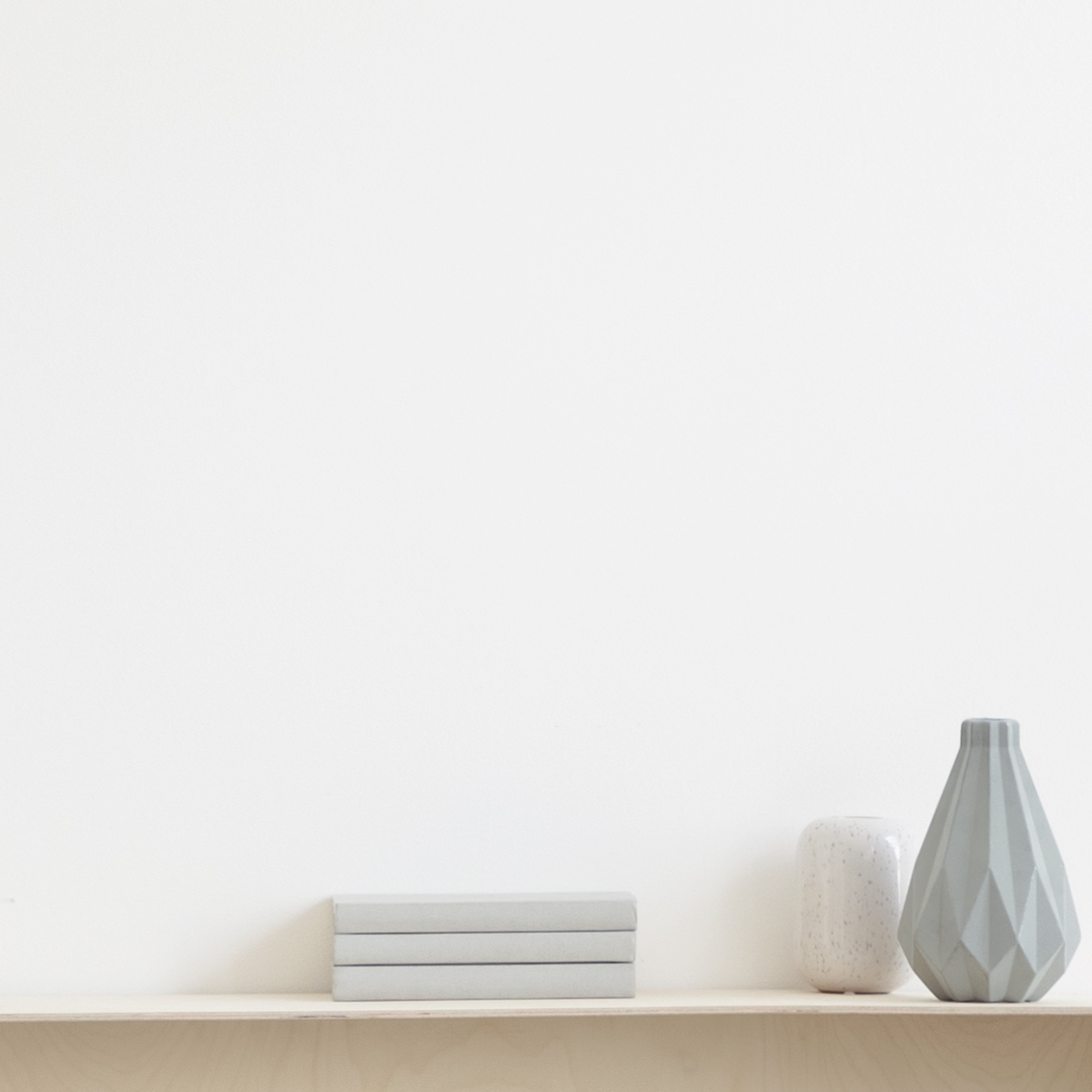
Let us know if you would like to see more photos of this artwork!
- Back of the work / Side of the work
- Details / Signature / Artwork's surface or texture
- Artwork in situation, Other...
Empty Room # 27. After Vermeer (2022) Photography by Marta Lesniakowska
More info
- Packaging (Box or cardboard packaging) All artworks are shipped with a premium carrier, carefully protected and insured.
- Tracking Order tracking until the parcel is delivered to the buyer. A tracking number will be provided so that you can follow the parcel in real-time.
- Delay Worldwide delivery in 3 to 7 days (Estimate)
- Customs not included The price does not include customs fees. Most countries have no import tax for original artworks, but you may have to pay the reduced VAT. Customs fees (if any) are to be calculated on arrival by the customs office and will be billed separately by the carrier.
More info
- Trackable Online Certificate of Authenticity Authenticity Certificates can be verified online at any moment by scanning the artwork code.
- Artist Value Certification Experts study the work and career of an artist then establish an independent and reliable average price value. The average price value situates the artist on a price range for a given period. The experts may also be asked to establish a more precise estimate for a particular work.
More info
100% secure payment with SSL certificate + 3D Secure.
More info
-
Original Artwork (One Of A Kind)
Photography,
Digital Photography
/
Non Manipulated Photography
on Paper
- Dimensions Height 15.8in, Width 15.8in
- Artwork's condition The artwork is in perfect condition
- Framing This artwork is not framed
- Categories Photographs under $5,000 Minimalism Architecture
W swojej strategii badacza-artysty przywołuję więc pojęcie cytatu/ powtórzenia jako naczelnej zasady re-prezentacji, która odsyła do innych obrazów, ikonograficznych zapożyczeń z zachodniej tradycji malarskiej, które są „wynajdywane“ w rzeczywistej przestrzeni po to, by stały się impulsem transmedialnym. W tym wypadku moja fotografia ujawnia dialog z uznawaną za symbol męskości twardą geometrią czarno-białej szachownicy, kraty (grid), siatki przecinających się linii, a więc figury uznanej za typową dla wszystkich artystów uważających się za awangardę. A dla Rudolfa Arnheima (ur. 1904), badacza percepcji wizualnej i sensorycznej krata, jako specyficzny wzór przestrzenny i graficzny, uznana została za jedną z podstawowych konstrukcji percepcyjnych zawartych w dziele sztuki, którego forma i treść są ze sobą nierozerwalnie złączone („Power and the Center”, 1982; „The Dynamics of Architectural Form”, 1977). Jest to czytelne w mojej fotografii, która w tym kontekście okazuje się wprost semantycznym dyskursem genderowym, gdy widzimy, jak „męska” czarno-biała kratownica wchodzi w bezpośredni, fizyczny kontakt ze współczesnymi kobiecymi stereotypami: różową arkadą jako konwencjonalnym motywem i symbolem kojarzonym z kobiecością.
W ten sposób moja fotografia staje się wydarzeniem ontologicznym. Znaczenie ma tu formalny język, jakiego użyłam: pole obrazowe jest dyscyplinowane zgodnie z zasadami poetów-minimalistów: ekonomia szczegółów, odkrywanie ukrytych podtekstów i aluzji w niezauważalnych przedmiotach i fragmentach codziennej rzeczywistości, powierzchowności i przyziemności rzeczy. Ostrość, bezpośredniość, prostota ujęcia, precyzja kompozycji – wszystko to pokazuje, że fotografia nie jest kontyngentna/przypadkowa, ale, tak jak malarstwo, jest zdolna wytwarzać obrazy mocne, które realizują porządek kompozycyjny jako zasadę zwartej i zdyscyplinowanej budowy obrazu (ml).
A work from the series 'Empty Rooms', which has been ongoing for several years. In such empty deserted interiors treated as a variation of still life, an old iconographic strategy that never compromises itself is activated. This empty room with its pink arcade and black-and-white chequered floor evoked in my remembering gaze the paintings of Johann Vermeer, the first artist of the modern era, who, like many artists of his era, built up a pictorial field using such geometric elements to create the illusion of three-dimensional space on a flat surface, and used a camera obscura to achieve this effect. My photographic series of 'Empty Rooms' goes some way to penetrating the secrets of his workshop: it shows the 'Vermeerian' interior as a mise en scene, a set that awaits the characters in his paintings.
Thus, in my strategy as a researcher-artist, I invoke the notion of quotation/repetition as a guiding principle of re-presentation that refers back to other images, iconographic borrowings from the Western painterly tradition that are 'invented' in actual space in order to become a transmedial impulse. In this case, my photograph reveals a dialogue with the hard geometry of the black-and-white chessboard, the grid of intersecting lines, considered a symbol of masculinity, a figure considered typical of all artists who consider themselves avant-garde. And for Rudolf Arnheim (b. 1904), a researcher of visual and sensory perception, the grid as a specific spatial and graphic pattern was considered one of the basic perceptual constructs contained in a work of art, whose form and content are inextricably linked ('Power and the Center', 1982; 'The Dynamics of Architectural Form', 1977). This is clear in my photography, which in this context turns out to be a straightforwardly semantic gender discourse, as we see how the 'masculine' black and white truss comes into direct physical contact with contemporary feminine stereotypes: the pink arcade as a conventional motif and symbol associated with femininity.
In this way, my photography becomes an ontological event. The formal language I have used is significant: the pictorial field is disciplined here according to the principles of the poets-minimalists: economy of detail, the discovery of hidden subtexts and allusions in unnoticed objects and fragments of everyday reality, the superficiality and mundanity of things. The sharpness, directness, simplicity of the shot, precision of the composition - all of this shows that photography is not contingent/ accidental, but, like painting, is capable of producing strong images that realise compositional order as the principle of compact and disciplined image construction (ml).
Collector's photography, color, digital on archival paper Hahnemuhle Photo Rag Baryta 315g (semi-flash), archival paper, acid-free, signed on the face and on the reverse, dated 2022. Format 40x40 cm in the picture field, with a frame 50x50 cm. not glued, without frame, without damages. Certificate of Authenticity. Archived file: L1210127.DNG
Marta Lesniakowska is an artist photographer but also, at the same time, historian and art critic, she does research on visual culture. This is what determines his approach to photography: a strategy of the “look that remembers”, which recalls familiar images from the history of art in order to transmit/intertextualize them. Her dialogue with them consists in asking herself if it is possible to evoke their meanings and what they are or can be today. She is fascinated by light - its role in the construction of the image, the parergon that creates the image. This is why, in street photography, she analyzes the interplay of light and dark, the relationship between sharpness and blur and the interpenetration of images as simultaneous realities. In this way, she brings out the mysterious character of the city, referring to the aesthetics of black cinema and to the master of 20th century street photography, Saul Leiter.(ml)
When she takes photographs, nothing is more or less important to her; his gaze is often governed by the principles of minimalist poets: an economy of detail, the discovery of subtexts and insinuations hidden in invisible objects and bits of everyday reality.
Marta Lesniakowska lives and works in Poland. His works are part of public collections (National Museum in Wroclaw, Museum of Bydgoszcz) and private collections (Netherlands, Denmark, Germany, Sweden, Switzerland, United States).
-
Nationality:
POLAND

- Date of birth : unknown date
- Artistic domains: Works by professional artists,
- Groups: Professional Artist Contemporary Polish Artists




